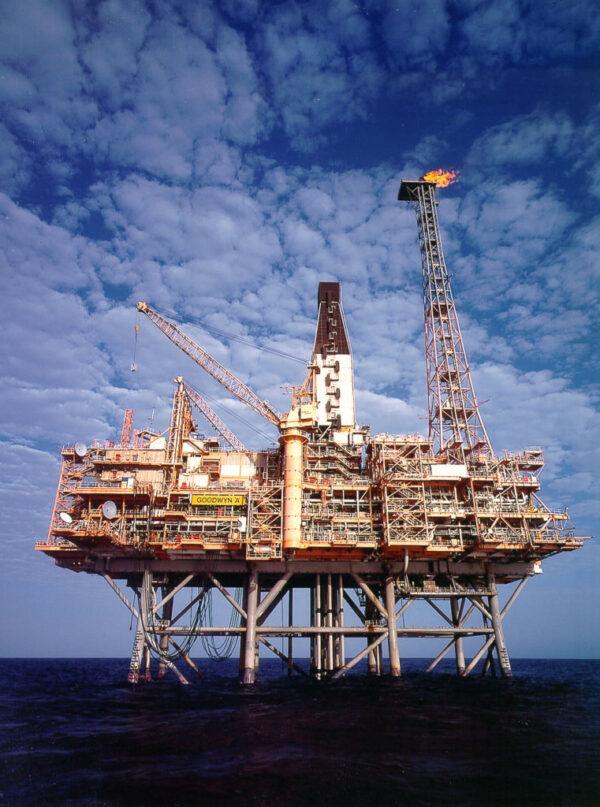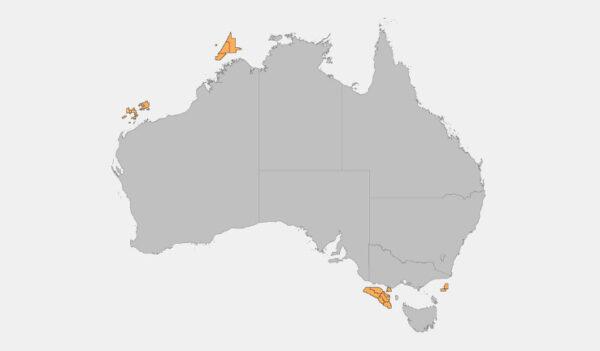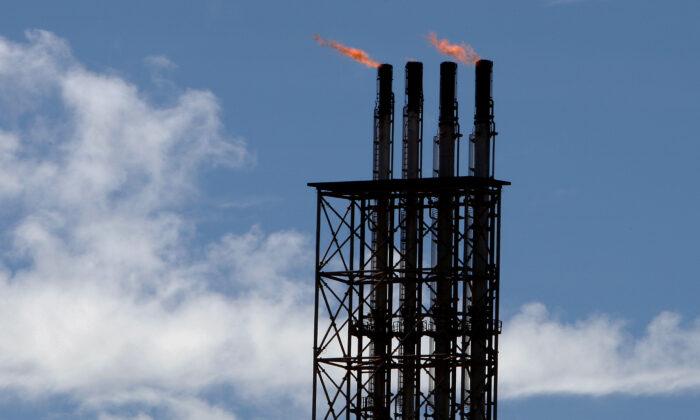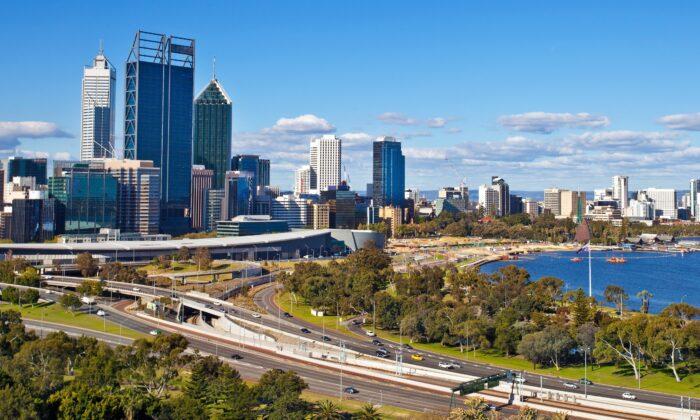Western Australia (WA) will need to start developing new sources of gas very soon to avoid a deficit in the next few years, Australia’s energy monitor has said. Meanwhile, similar concerns are brewing nationwide.
The upcoming gas supply imbalance has been caused by growing demand in the mining sector, combined with the retirement of two out of four units in the Muja coal-fired power station, with renewables only partially replacing the loss.

To address the issue, the AEMO has suggested the development of available gas fields, such as Corvus and Lockyer Deep. It also offered increasing output from existing gas plants, and highlighting existing gas stock which can be withdrawn from storage.
The AEMO also pointed to an overall trend of growing renewable generation, which in turn has spurred an increase in demand for available gas-based energy.
This is because gas has the ability to fire-up extremely quickly, being lauded by the federal government as critical in quickly filling gaps in energy demand during periods when there is insufficient supply of wind and solar output due to weather.
The United Kingdom, and other parts of Europe, have recently experienced gas supply issues after insufficient wind generation dramatically drove up demand across the region, resulting in gas prices spiking by 400 percent.
“The strong linkages between Australia’s gas and electricity sectors mean that changes occurring in one sector will have an impact on the other.”
However, oil and gas peak body, the Australian Petroleum Production and Exploration Association (APPEA), warned that current protocols meant it could be difficult to secure new gas projects within the required time frame.
“Unfortunately, we are still hearing of excessively long assessment times for project approvals and regulatory duplication between government agencies and between the State and the Commonwealth. In some cases, the regulatory framework is not even in place.”

However, the decision to continue investments in carbon dioxide-emitting fuels has angered environmental groups, particularly in the wake of Australia’s net zero-by-2025 commitment, and attendance at the United Nation’s 26th international climate conference, COP26.
Simon Bradshaw, head of research at climate change communications organisation, the Climate Council, expressed frustration at the federal government’s decision to continue facilitating oil and gas investment.
“Gas is—and will forever remain—dirty, expensive, inefficient and harmful to our health. The only thing that opening new basins will do is magnify the harm to Australian lives and livelihoods.”
“At a time when the world is turning away from fossil fuels and embracing renewables, Australia could be a renewables superpower, but instead continues to live in a polluting past. This plan essentially lights a match to the global climate pact Australia signed up to in Glasgow just two weeks ago.”





